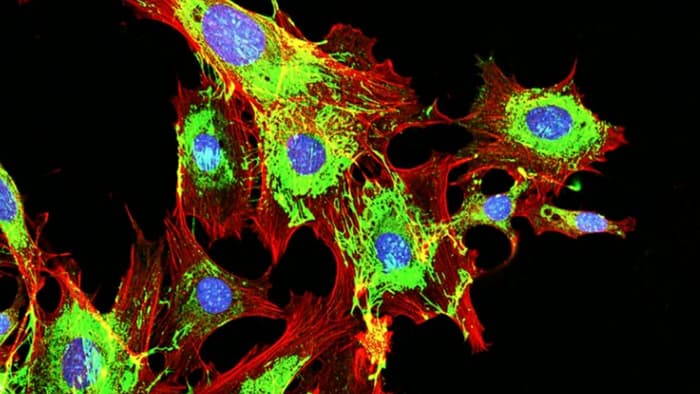Most types of cancer are lethal after tumour cells have left their primary site of growth and moved to colonize a distant organ through a process termed metastasis. Whether a cancer cell will metastasize is determined not only by the cell itself, but also by the microenvironment of that faraway site called the metastatic niche1. Only a small number of the cells that reach such a new location will successfully establish a presence there and proliferate2. The early processes that aid cancer-cell growth at secondary locations remain poorly understood, partly because of a scarcity of suitable tools with which to analyse these events. In a paper in Nature, Ombrato et al.3 describe an innovative in vivo method for identifying and isolating the rare normal cells that are in close contact with cancer cells that have just migrated to a secondary site. This approach should help to clarify the early direct interactions between metastatic cells and neighbouring normal cells that help to shape the formation of a metastatic niche.
Ombrato and colleagues engineered mouse breast cancer cells to express a fluorescent protein containing a region of amino-acid residues that make it permeable to lipids (Fig. 1); this feature enabled the protein to be released from the cancer cell in a soluble form that could be taken up by neighbouring cells. The authors studied a model of metastasis in which mouse breast cancer cells that expressed this protein, plus a different fluorescent protein that could be used to specifically monitor cancer cells, were injected into the mouse tail vein and subsequently colonized the lung….







